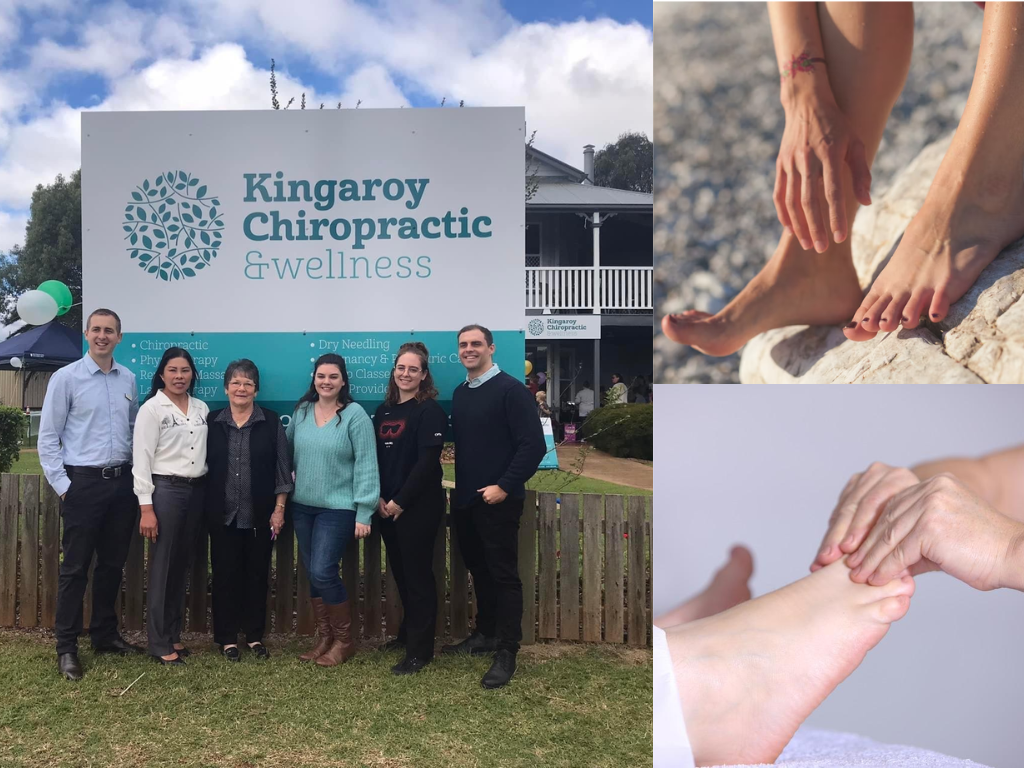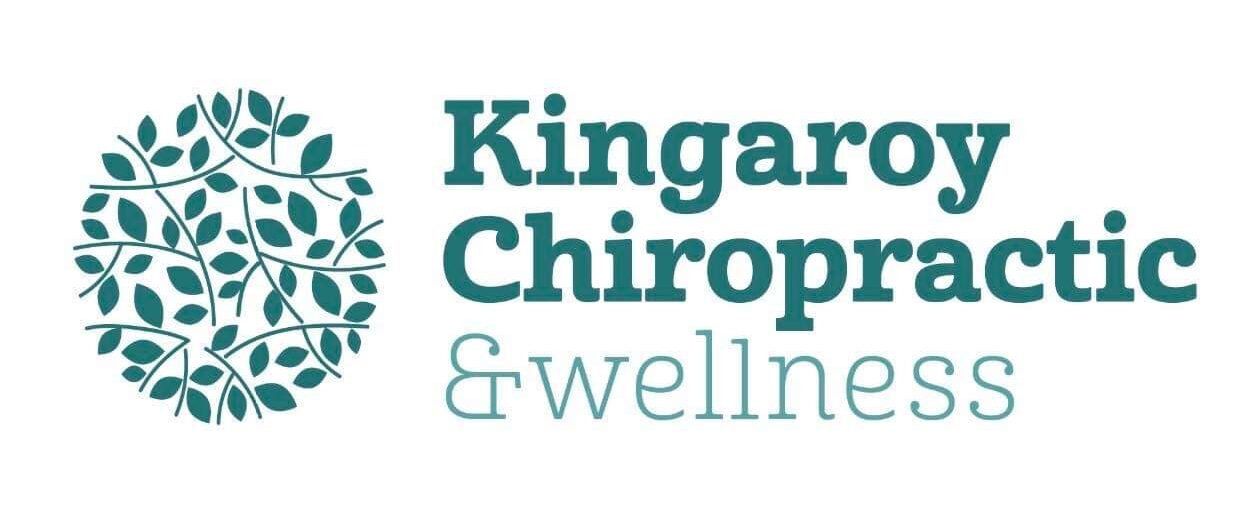
Nanango Chiropractor – Why Do I Have Pain in My Foot or Ankle?
Foot and ankle pain are common and most people with experience pain in and around their feet or ankles at some point in their lives.
The foot and ankle are one of the most complex, hard-working regions of your body. It has 26 bones and 33 small joints, all held together by a network of soft tissue made up of muscles, tendons, ligaments, nerves, and blood vessels.
Most cases of foot or ankle pain are short term and are caused by soft tissue injuries, such as sprains or strains.
These should gradually heal with the help of simple self-care measures. Though some could take a few months to fully recover.
However, some pain can have no obvious cause or may not improve significantly with self-care.
Pain that seems to be getting worse, does not improve, or lasts longer than a few months could be due to structural changes in the foot or ankle, or an underlying condition.
Common Causes Foot or Ankle Pain
• Fractures: An accident or injury can cause bones to break (fracture). Ankle fractures range from mild to severe. Broken ankles can involve bones in any part of the ankle joint. A broken ankle causes ankle swelling and pain.
• Sprains: Sprained ankles are a common cause of ankle pain. An ankle sprain happens when ligaments stretch or tear. Sprained or twisted ankles happen when the ankle rolls forcefully out of its normal position.
• Tendonitis: Irritated, inflamed tendons are a soft-tissue injury called tendonitis. Tendons connect muscles to bones. Sometimes, a tendon can tear (such as an Achilles tendon rupture). A torn tendon may need surgical repair.
• Arthritis: Pain and stiffness in the ankle joint can result from ankle arthritis. Arthritis happens when cartilage (tissue in joints that cushions bones) breaks down. The breakdown causes bones to rub together. Injuries and overuse can lead to arthritis, and it’s more common in people over 65. Several types of arthritis can affect the ankles. Common types include rheumatoid arthritis and osteoarthritis.
• Flatfoot: A very low arch (or no arch at all) can cause pain and swelling in the ankles and feet. Sometimes, kids’ arches don’t develop normally as they grow up, resulting in the condition.
• Gout: A type of arthritis, gout results from a build-up of uric acid throughout the body. Typically, uric acid leaves the body in urine. Excess uric acid creates crystals that settle in the joints. Gout in the ankle can be very painful.
• Infection: Several types of infection, including cellulitis, can cause swelling and pain in the ankle joint. A bone infection called osteomyelitis can result from a staph infection.
What Can I Do to Self-Manage My Pain?
Paracetamol and pain-relieving gel should help reduce your pain and discomfort. It is best to avoid hot baths, heat packs, ibuprofen, and alcohol in the first few days, as they can affect healing.
There are four steps to treating pain, known as RICE therapy, which can help improve healing, particularly in the first 2-3 days, these are:
• Rest – Try to avoid putting weight on the injured foot or ankle. Do not exercise, instead try gently moving it from time to time to stop the area getting stiff.
• Ice – Put an ice pack or frozen vegetables, covered in a damp cloth, on the painful area for 20 minutes every 2-3 hours.
• Compression – Wrap a bandage around the area that’s painful. It should be tight enough to support it, but not so tight that it restricts the blood flow. If you’ve hurt your toe place a small piece of cotton wool between it and the next toe, then tape them together.
• Elevate your foot to reduce swelling.
By gently massaging the painful area from time to time you can help reduce swelling and increase blood flow.
When Should I See a Healthcare Professional About Foot or Ankle Pain?
Some foot pain can become more than a short-term problem. If you cannot treat the pain yourself or if you have a condition that could affect the joints or soft tissue, it may need further investigation.
You should speak to your doctor or a footcare specialist if:
• Your pain does not improve in the first few days
• Your pain is getting worse
• It is still causing problems after two weeks of self-care
• You have sores that are not healing
• Your skin has changed colour – especially if it’s turned dark blue or black
• Your foot has changed shape or is really swollen
• You have a high temperature or feel hot and shivery
• It is red, warm, or swollen – as you may have an infection
• The problem keeps coming back or lasts longer than three months
• You have an inflammatory condition, such as rheumatoid, arthritis or scleroderma
• You have diabetes
• You are taking steroids, biologics or other drugs that affect your immune system.
Your doctor may want to refer you to a specialist in foot/ankle care, such as a podiatrist, physiotherapist, or an orthotist, for a diagnosis and treatment.
How Can a Physio Help My Foot or Ankle Pain?
Physiotherapists are trained to use movement, exercise, manual therapy, and advice to help get your foot and ankle moving again. They will show you exercises to practice at home to support your recovery, suggest additional support like strapping or braces, provide hands on techniques to reduce your pain, and help strengthen your foot and ankle to prevent future injury or pain.
At Kingaroy Chiropractic and Wellness we have Nanango chiropractor, physiotherapist, & massage therapists servicing the Kingaroy and Nanango areas.
Also, connect us on our Facebook page.
